
What historical evidence supports ancestral hair oiling?
Ancestral hair oiling is supported by historical evidence from diverse cultures, showcasing its deep connection to textured hair heritage.
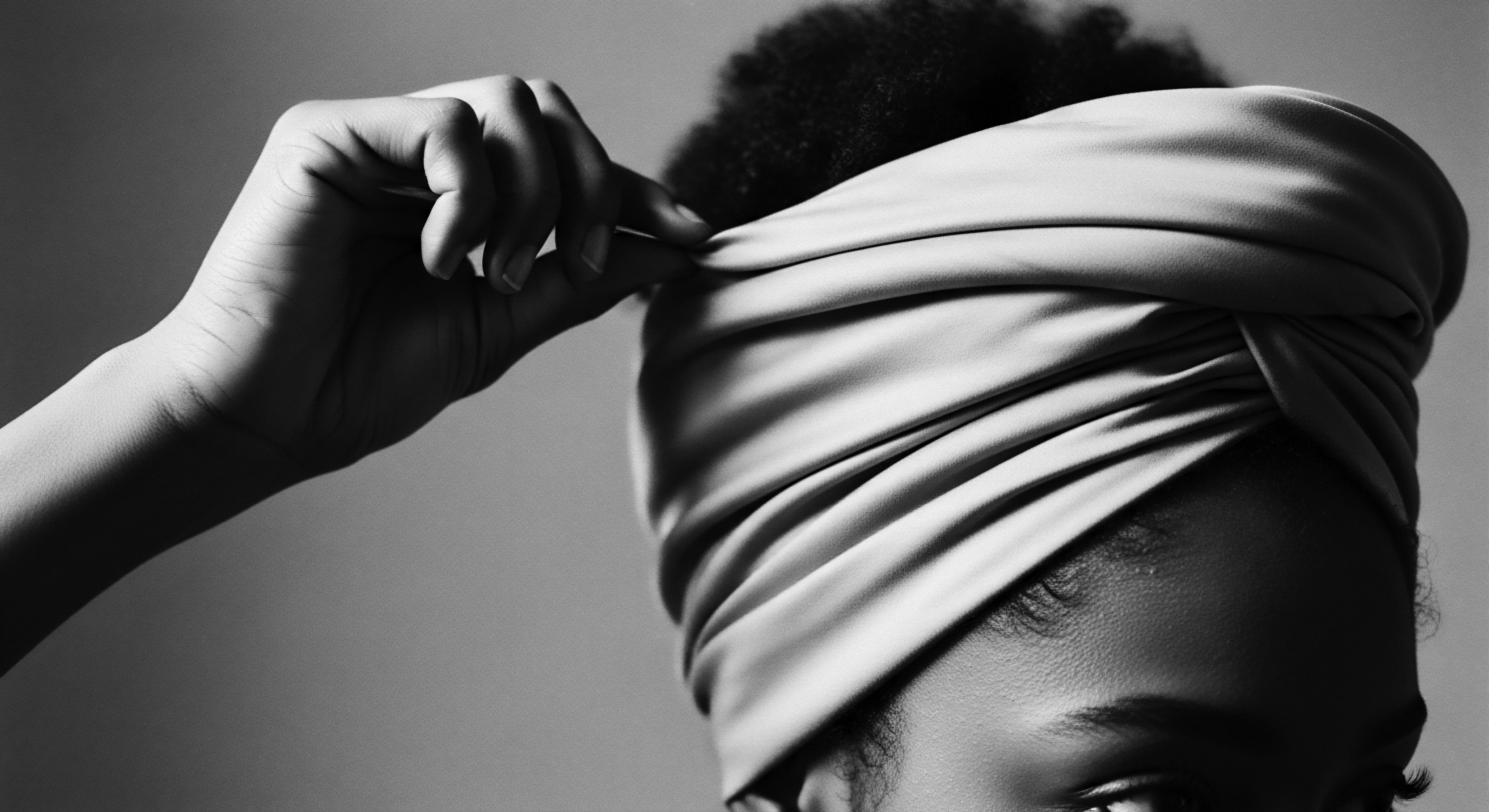
How do ancestral practices guard textured hair?
Ancestral practices guard textured hair by emphasizing protective styling, natural emollients, and holistic wellness, deeply rooted in heritage.

Afro-Diasporic Foodways
Meaning ❉ Afro-Diasporic Foodways encompass the culinary, agricultural, and cultural food traditions of African descendants, profoundly shaping hair heritage through ancestral nutrition and care.
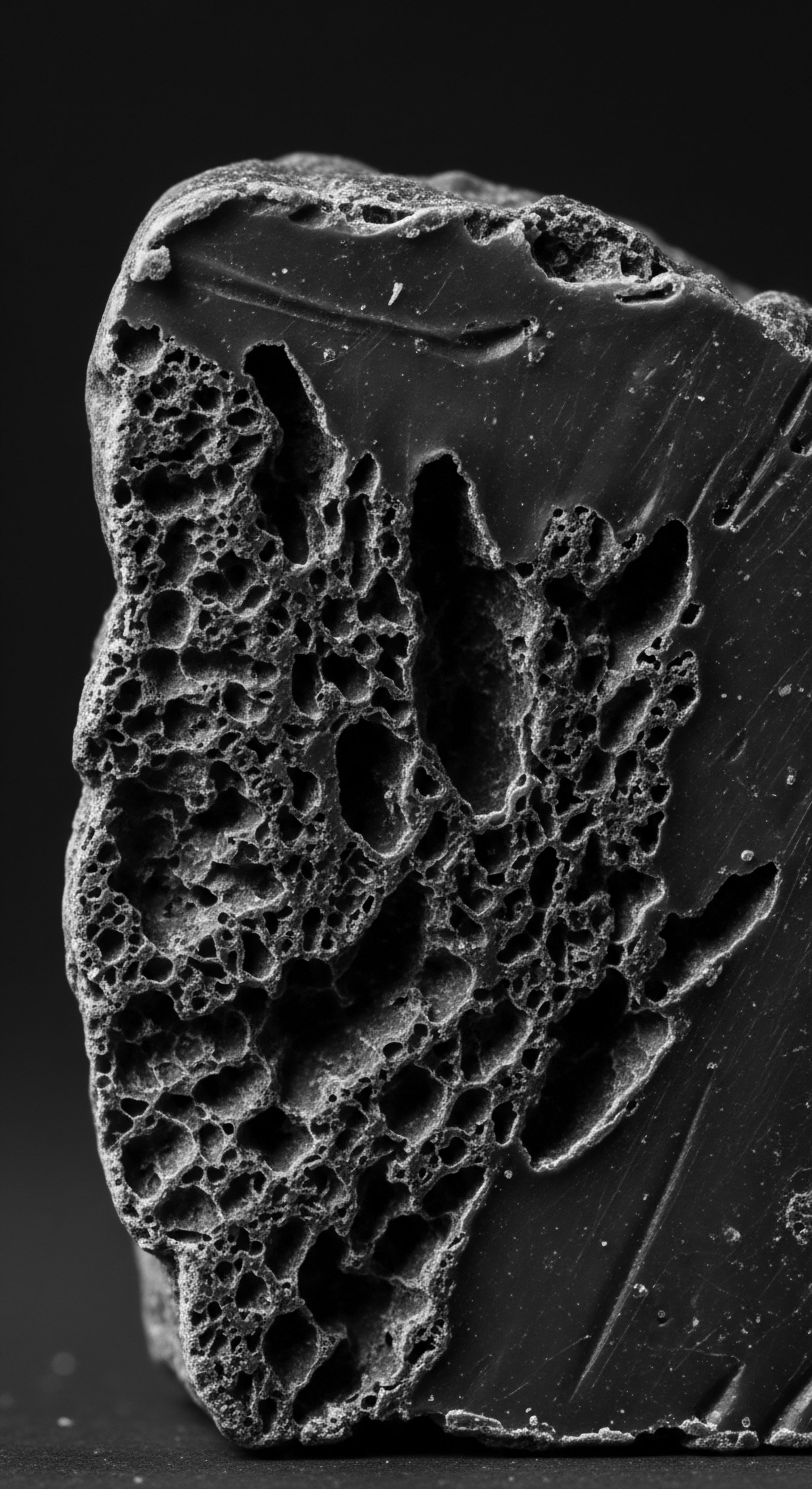
What are the benefits of oils on textured hair?
Oils strengthen textured hair by sealing moisture and protecting strands, a practice deeply rooted in Black and mixed-race hair heritage.

How does historical hair care shape current practices?
Historical hair care, deeply rooted in ancestral practices, continues to shape current routines by influencing product choices and styling traditions.

In what ways did historical hair practices reflect cultural identity and survival?
Historical textured hair practices served as profound expressions of cultural identity and ingenious tools for survival, deeply embedded in ancestral heritage.

What ancestral oils aid coiled hair health?
Ancestral oils, deeply rooted in textured hair heritage, supply vital moisture and protection for coiled strands.

What is the historical use of Ghassoul clay in North African heritage?
Ghassoul clay, mined from Morocco's Atlas Mountains, historically cleansed and nourished textured hair as a central part of North African beauty heritage.

How do ancestral hair practices inform modern understanding of shea butter’s effects?
Ancestral practices inform modern understanding of shea butter's effects by providing historical context and observed benefits for textured hair.
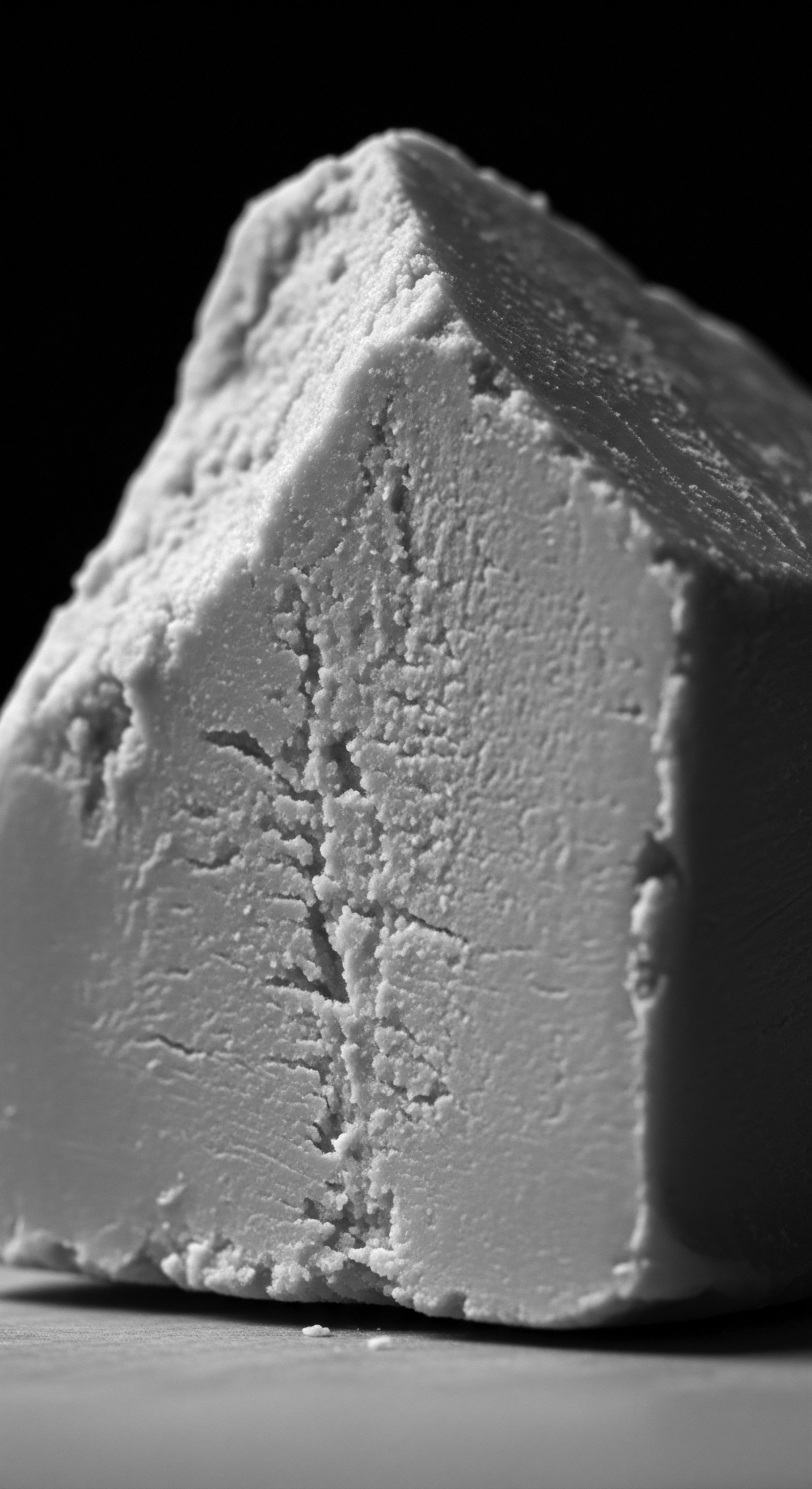
What specific African botanicals provided effective hair sealing?
African botanicals like shea butter, argan oil, and baobab oil effectively seal textured hair by forming a protective, moisture-retaining barrier, a tradition deeply embedded in heritage.
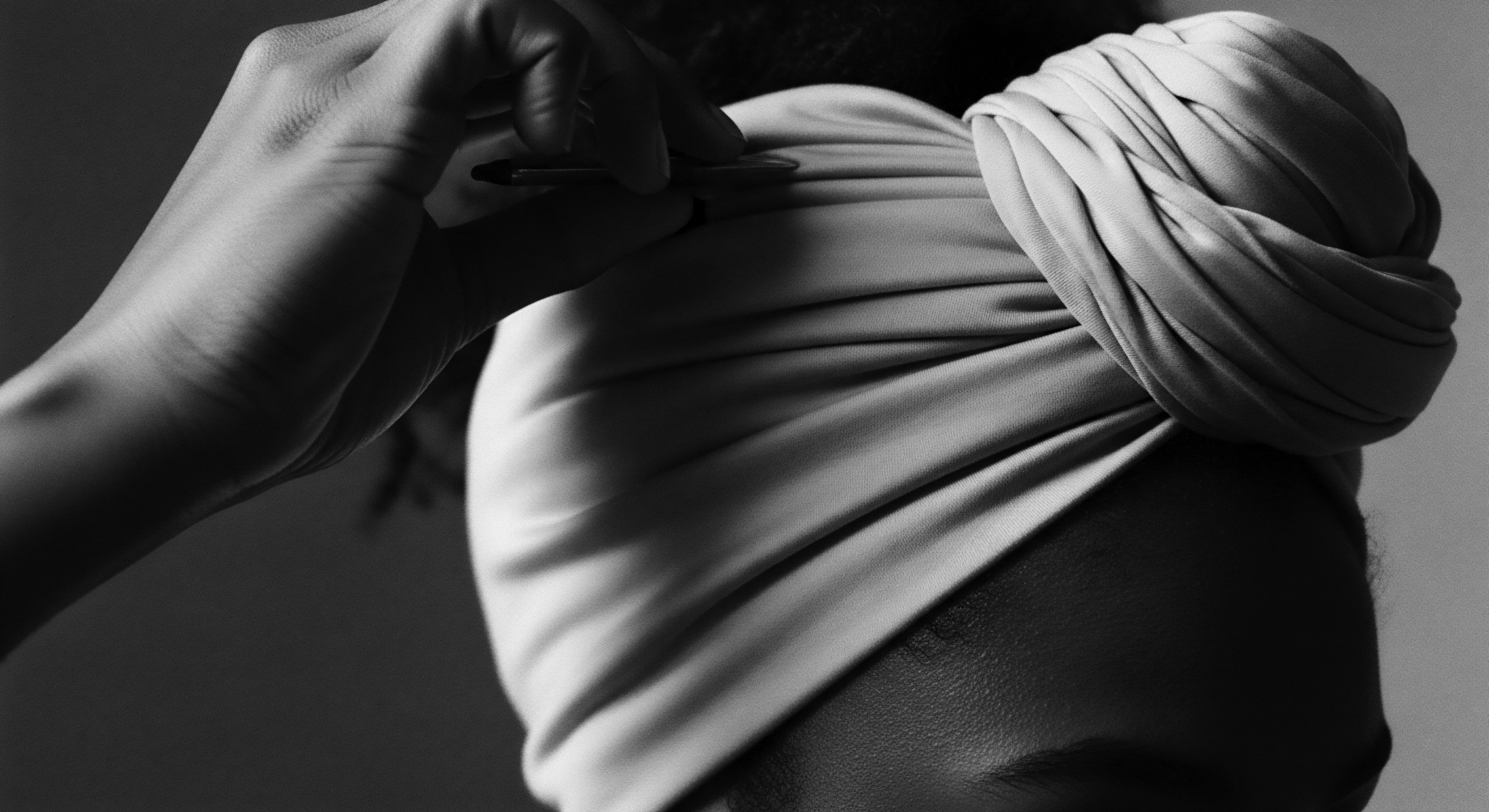
How did ancestral practices use plant properties for cleansing textured strands?
Ancestral practices used plant properties like saponins for gentle, effective textured hair cleansing, preserving its natural state through inherited wisdom.
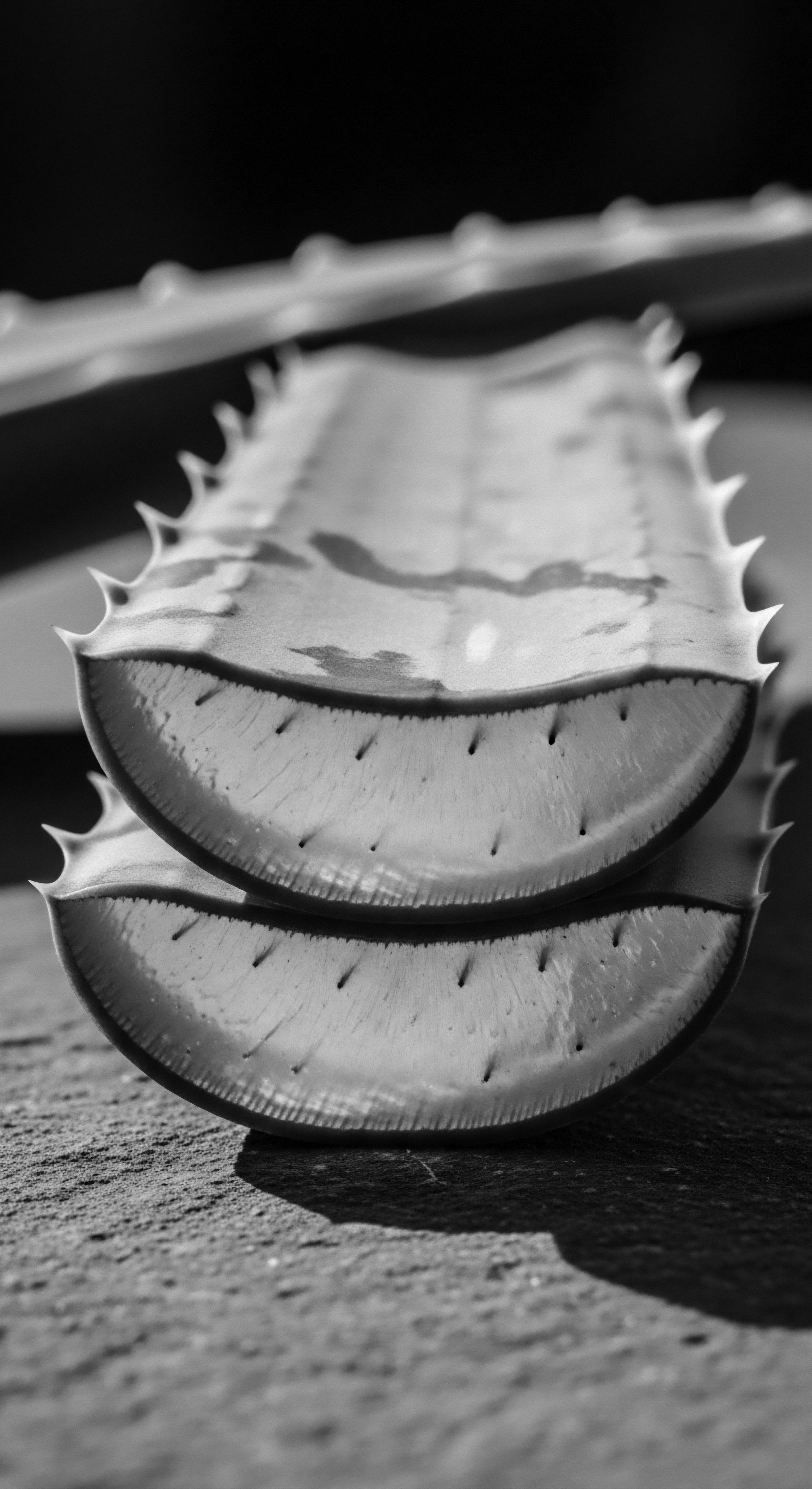
What ancestral botanical wisdom continues to shape textured hair care today?
Ancestral botanical wisdom, rooted in diverse cultural heritage, continues to inform modern textured hair care through plant-based ingredients and time-honored practices.

Can historical hair care methods provide a foundation for future scientific inquiry?
Historical hair care methods offer a scientific bedrock for future inquiry, unveiling natural efficacy rooted in textured hair heritage.

How does the heritage of ancestral cleansing inform contemporary textured hair regimens?
Ancestral cleansing practices, deeply rooted in natural ingredients and gentle techniques, profoundly inform contemporary textured hair regimens by prioritizing moisture, scalp health, and cultural connection.
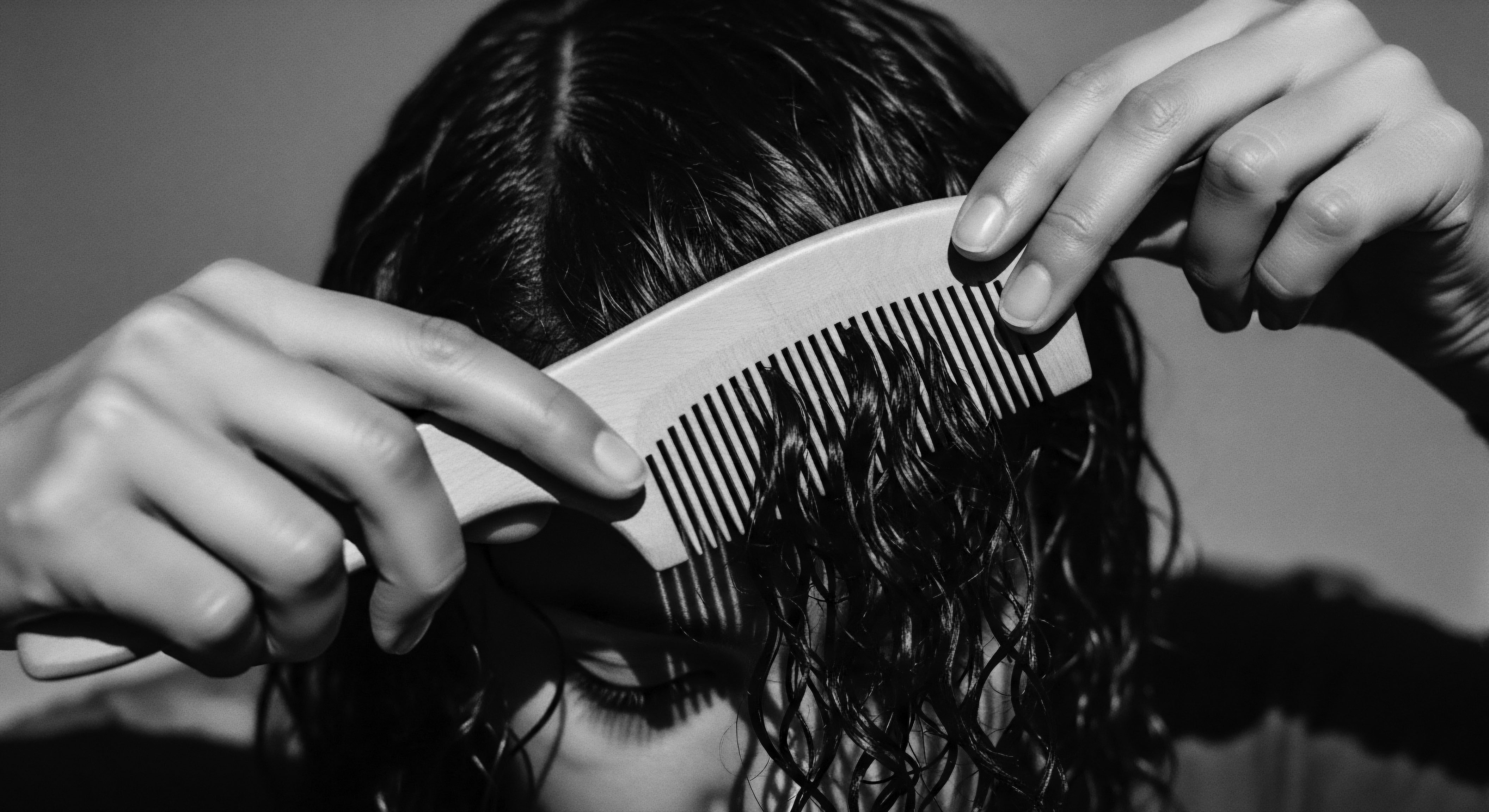
Why do traditional plant elements remain vital for textured hair?
Traditional plant elements remain vital for textured hair by offering natural, effective nourishment deeply connected to ancestral heritage and hair's unique structure.
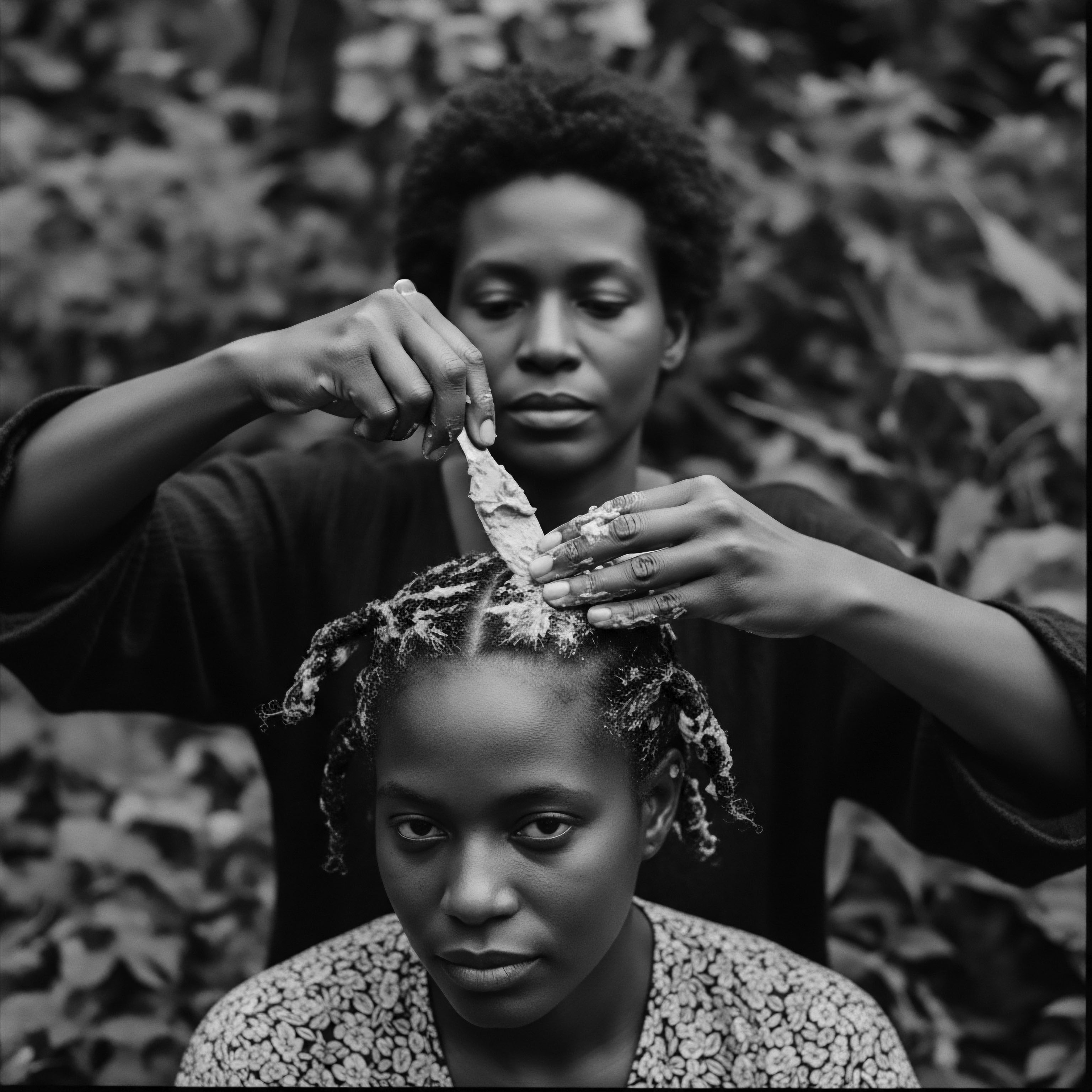
Can ancient botanical knowledge truly revitalize textured hair today?
Ancient botanical wisdom offers potent, heritage-driven solutions for revitalizing textured hair through natural compounds and time-honored practices.
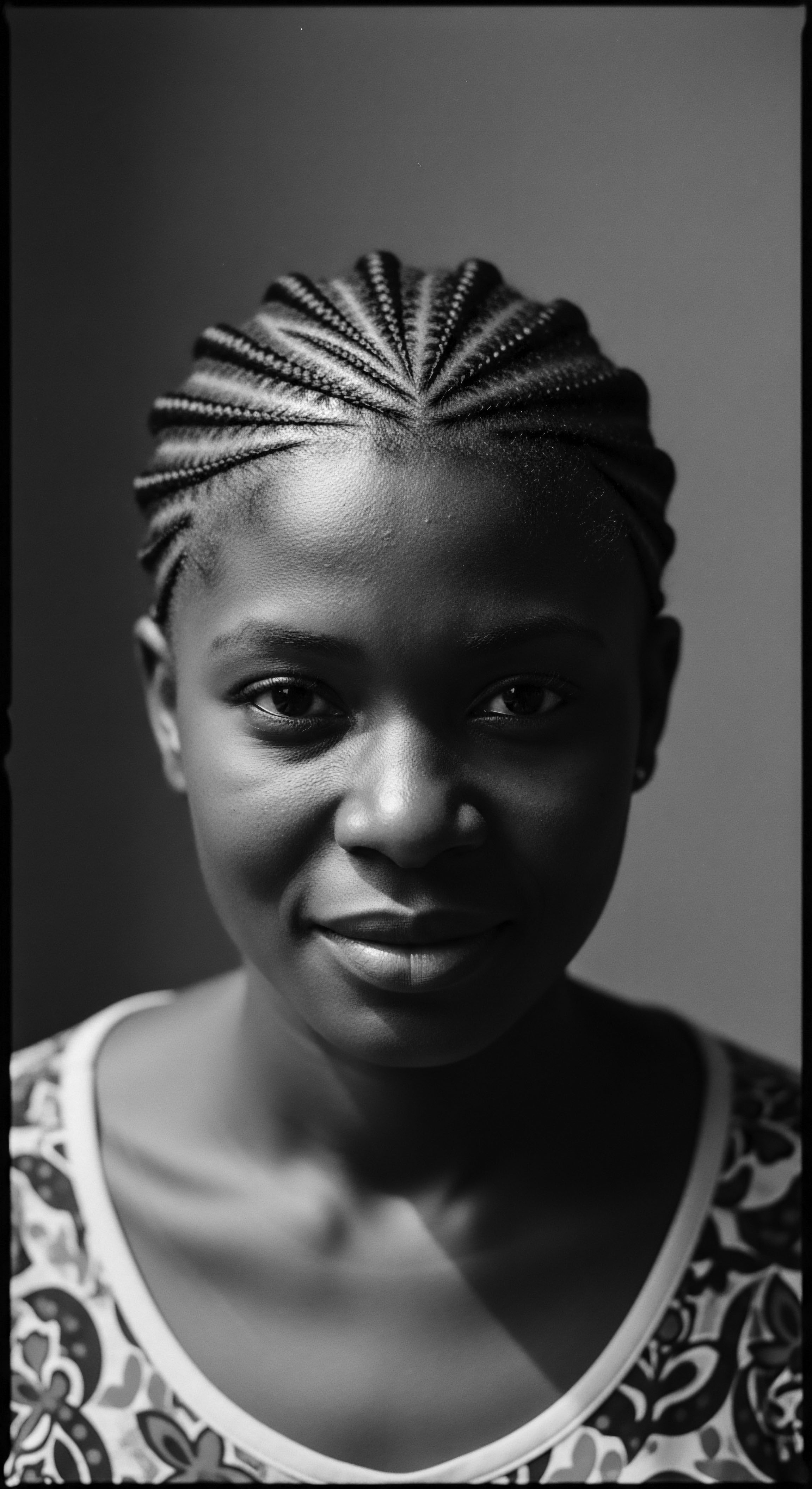
How does iron deficiency impact textured hair history?
Iron deficiency impacts textured hair history through ancient dietary patterns, slavery's nutritional deprivations, and enduring communal resilience.
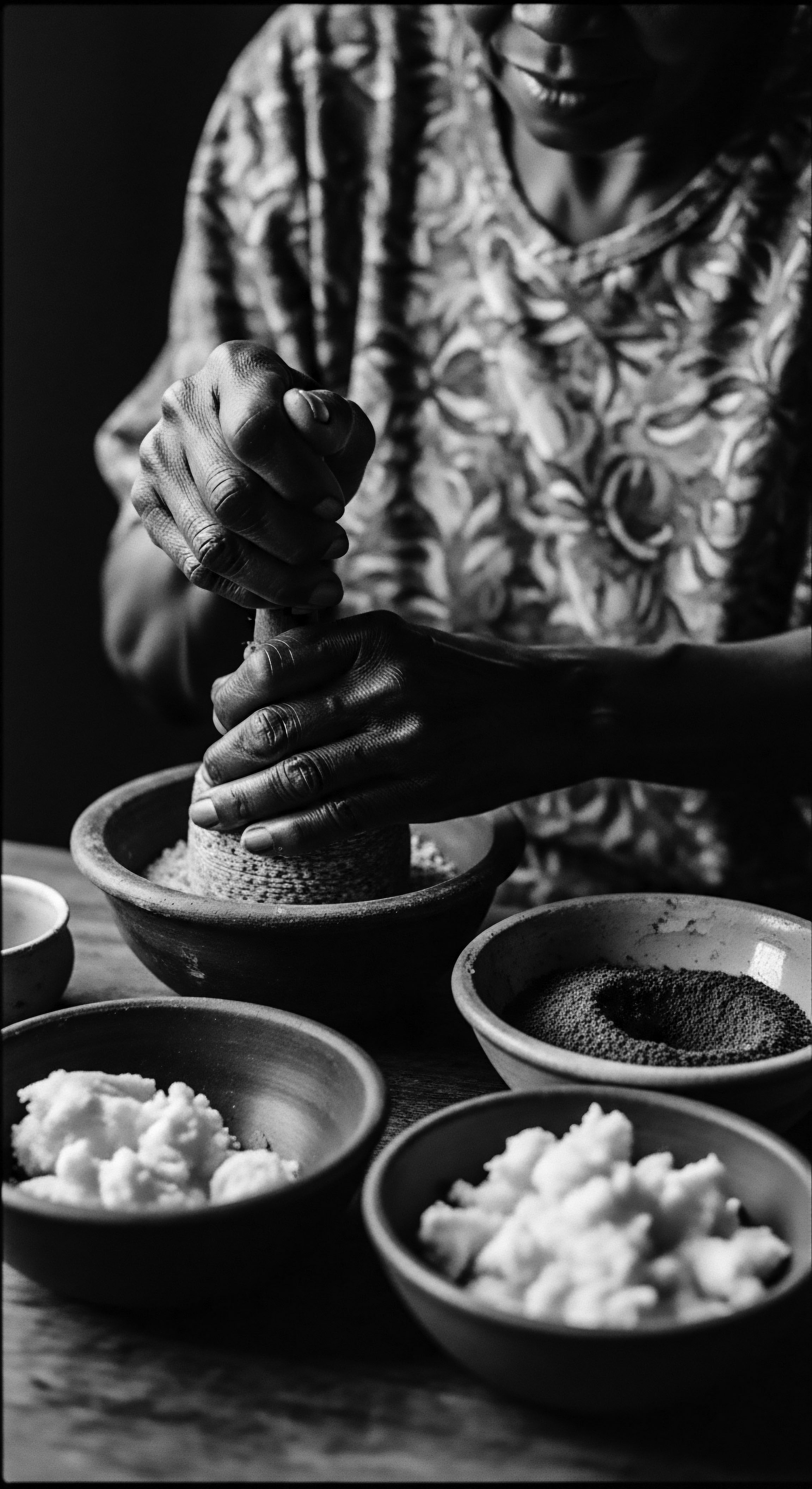
What ancestral wisdom about botanicals continues to guide textured hair wellness today?
Ancestral botanical wisdom guides textured hair wellness by providing time-honored remedies for moisture, strength, and cultural identity.
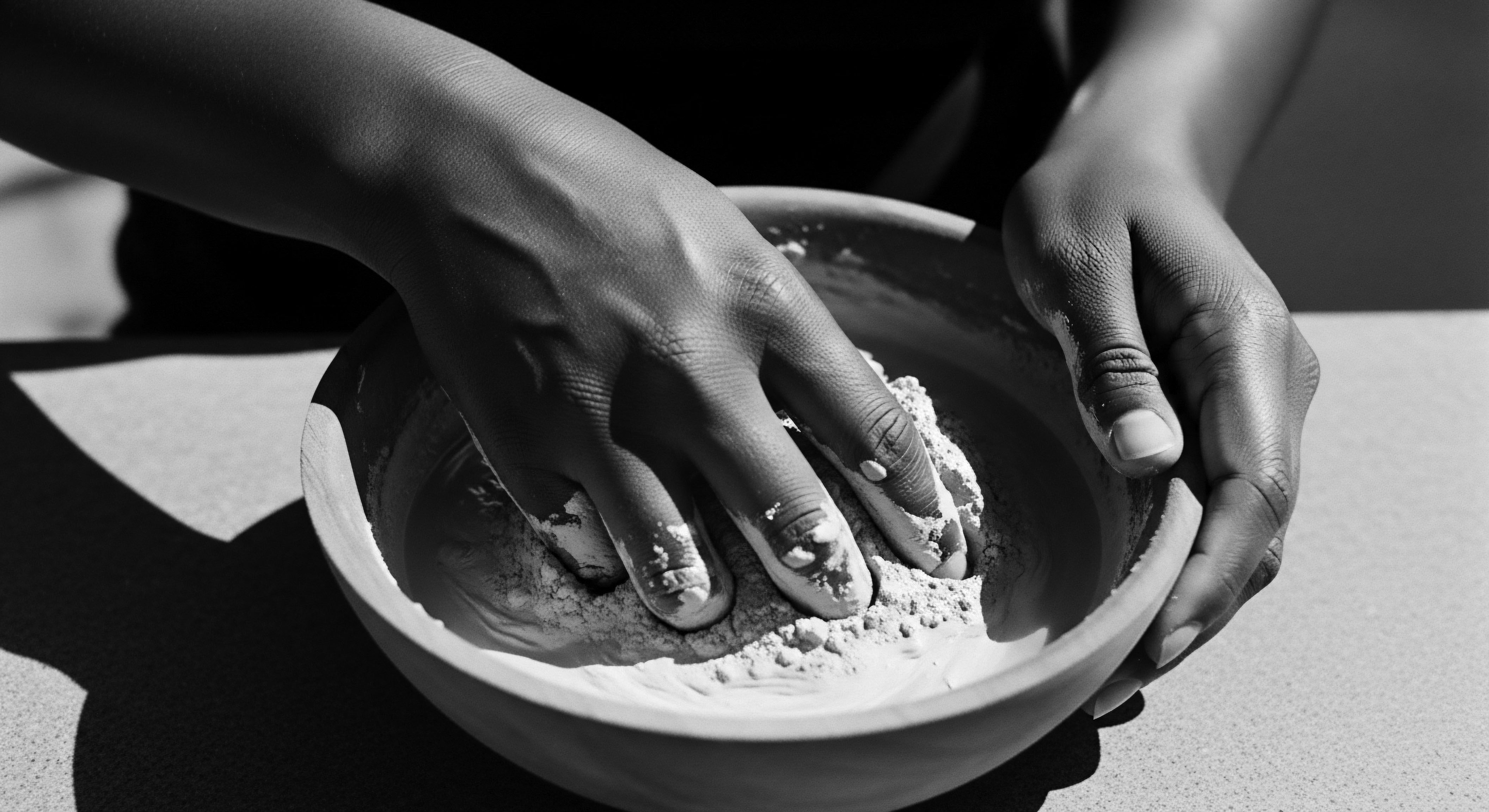
What are rhassoul clay’s core benefits for textured hair?
Rhassoul clay cleanses and softens textured hair by absorbing impurities and infusing strands with essential minerals, continuing a rich ancestral heritage of natural care.

What traditional foods promoted textured hair health?
Ancestral diets rich in diverse, whole foods supplied the foundational nutrients that deeply promoted textured hair health and resilience, honoring an enduring heritage.

How did henna empower ancestral textured hair care?
Henna empowered ancestral textured hair care by fortifying strands and enriching cultural identity through ancient practices.

How has rhassoul clay shaped hair cleansing heritage?
Rhassoul clay profoundly shaped textured hair cleansing heritage by offering a gentle, mineral-rich alternative rooted in ancient North African traditions.
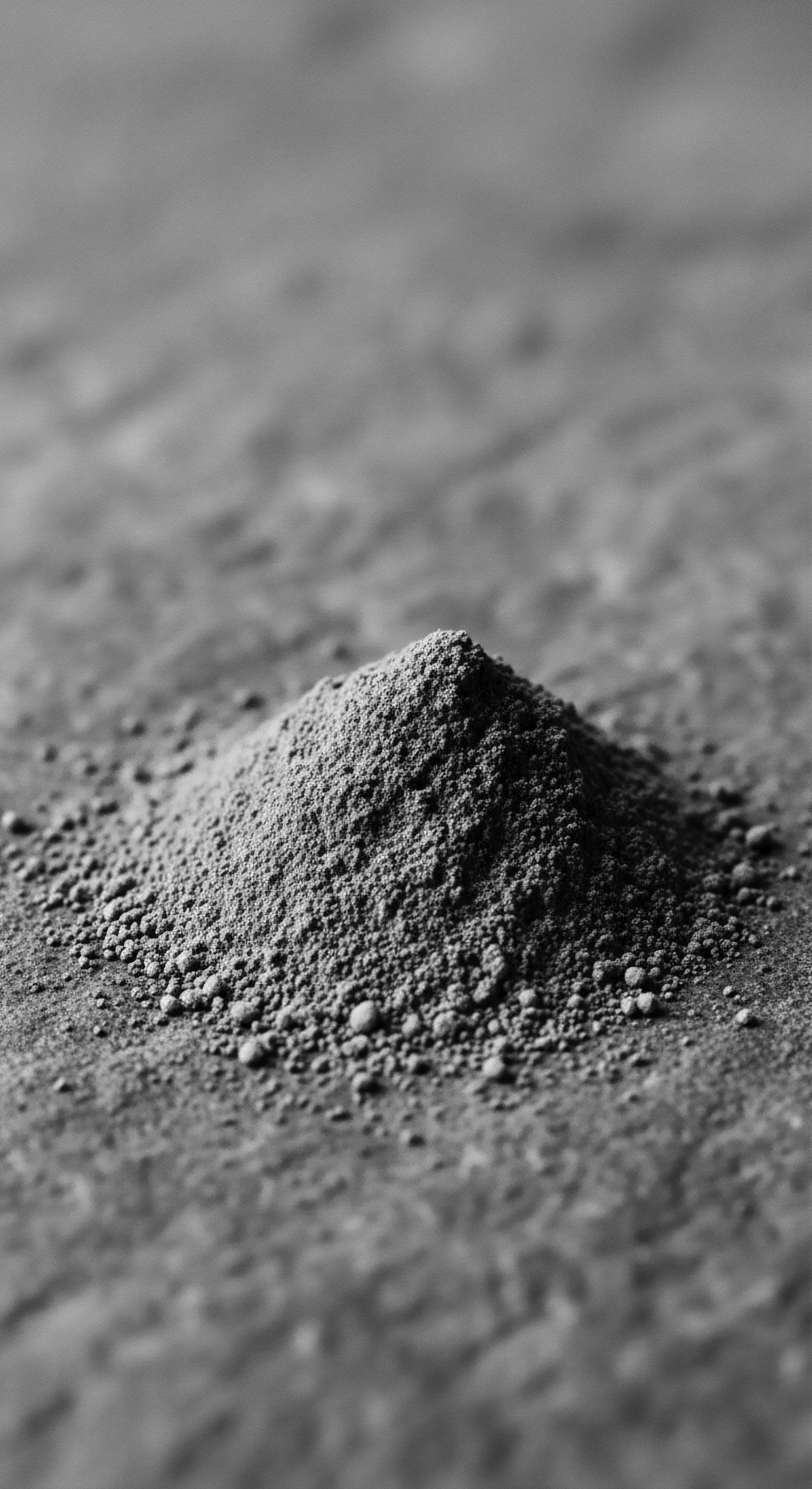
What is Rhassoul clay’s heritage in Black hair care?
Rhassoul clay's heritage in Black hair care is rooted in ancient Moroccan traditions, offering gentle cleansing and mineral enrichment for textured strands.
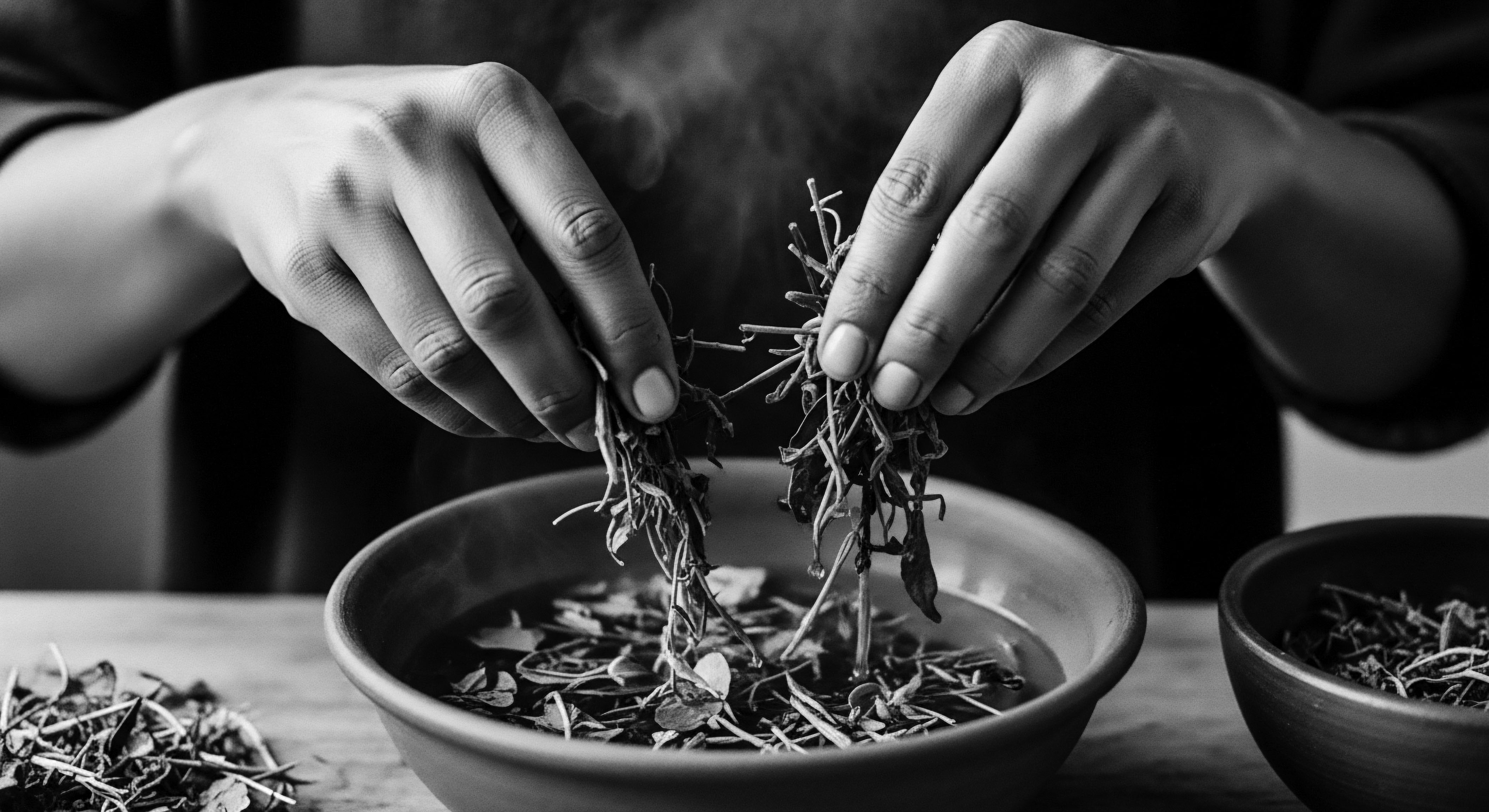
What specific clays were chosen for ancestral textured hair care and why?
Ancestral textured hair care centered on specific clays like Rhassoul, Bentonite, and Kaolin, chosen for their cleansing, nourishing, and protective properties rooted deeply in cultural heritage.

In what ways do rhassoul clay’s ancestral adaptations remain relevant for textured hair heritage today?
Rhassoul clay's ancestral adaptations remain relevant for textured hair heritage today by offering gentle, mineral-rich cleansing that honors natural moisture and cultural identity.

Can African Black Soap help with scalp balance for textured hair?
African Black Soap, a staple of West African heritage, can support scalp equilibrium for textured hair by cleansing deeply with natural antimicrobials while nourishing with traditional oils.

Can historical hair care traditions teach us about textured hair health today?
Historical hair care practices offer crucial insights into textured hair health by revealing a deep, intuitive science rooted in ancestral heritage.
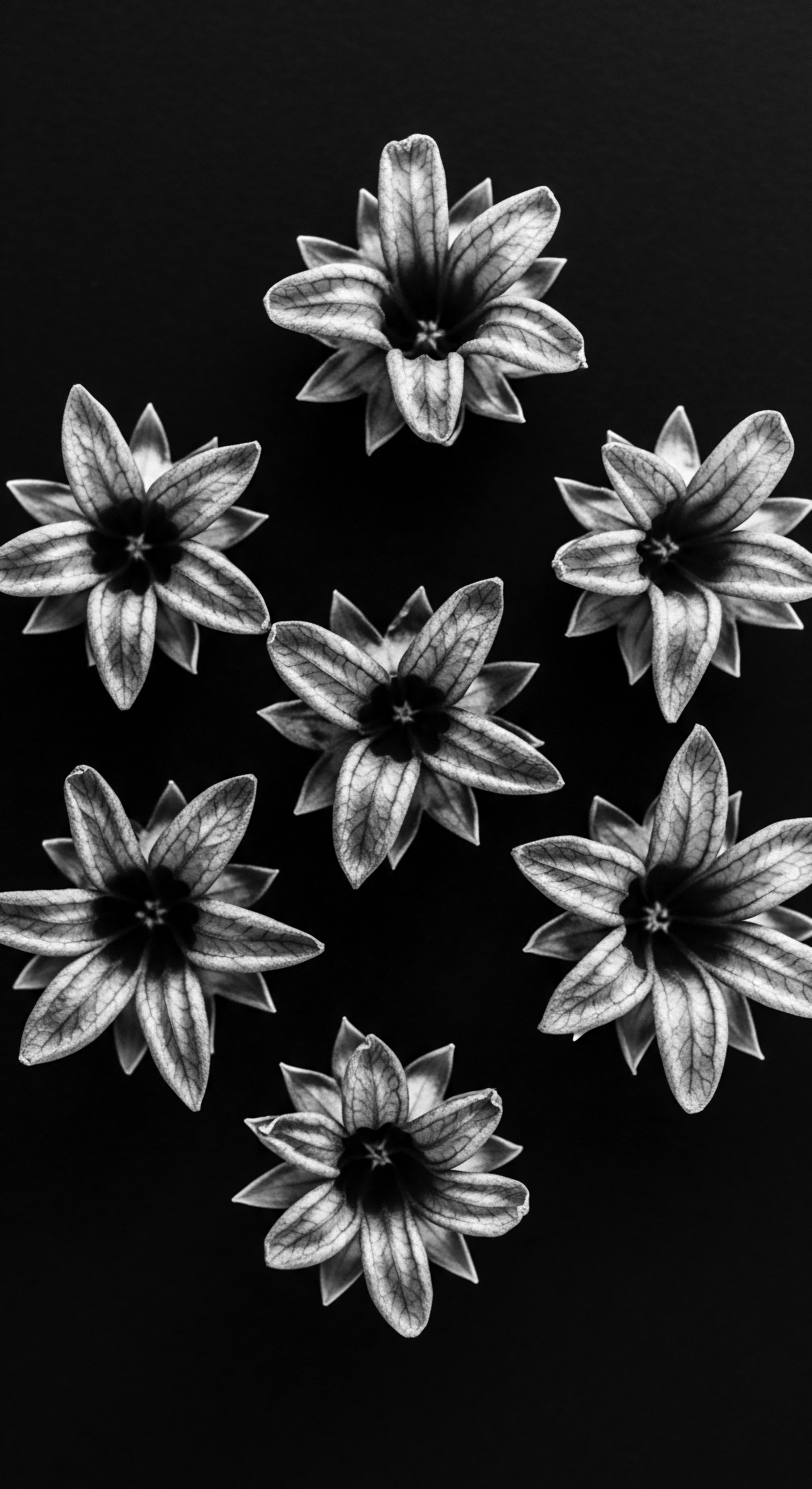
Do plant butters offer lasting moisture to textured hair?
Plant butters seal lasting moisture into textured hair, preserving hydration through a heritage of natural care and scientific protection.

